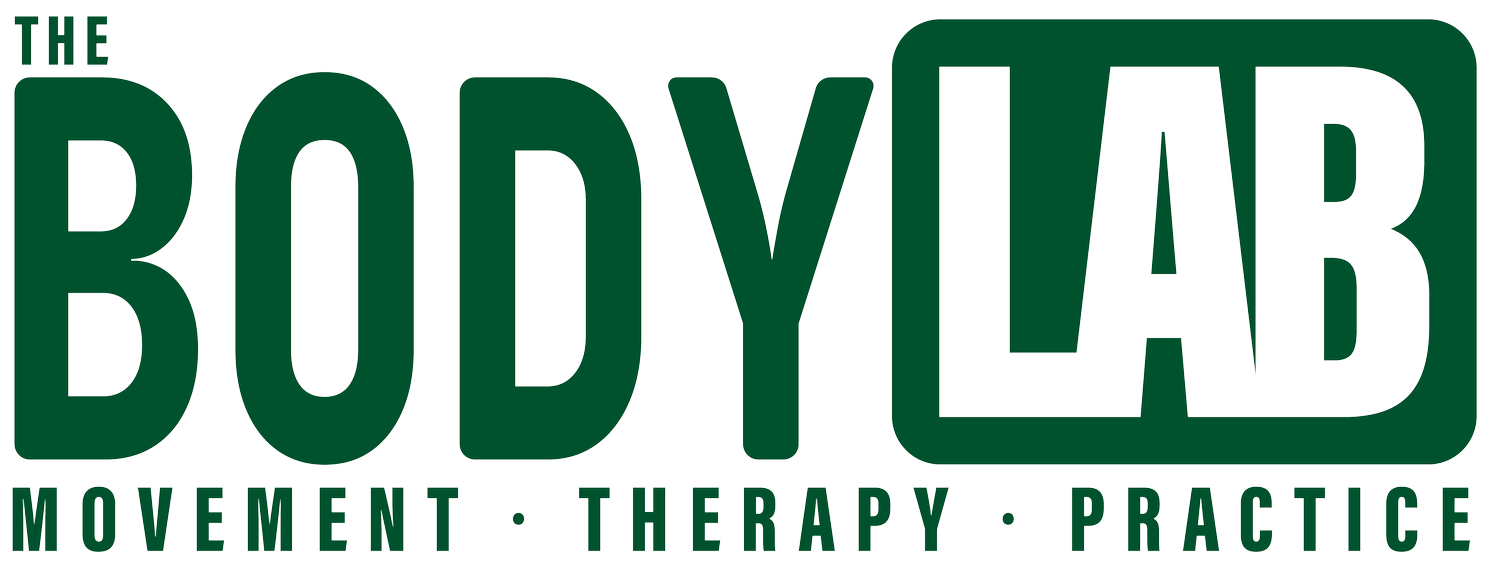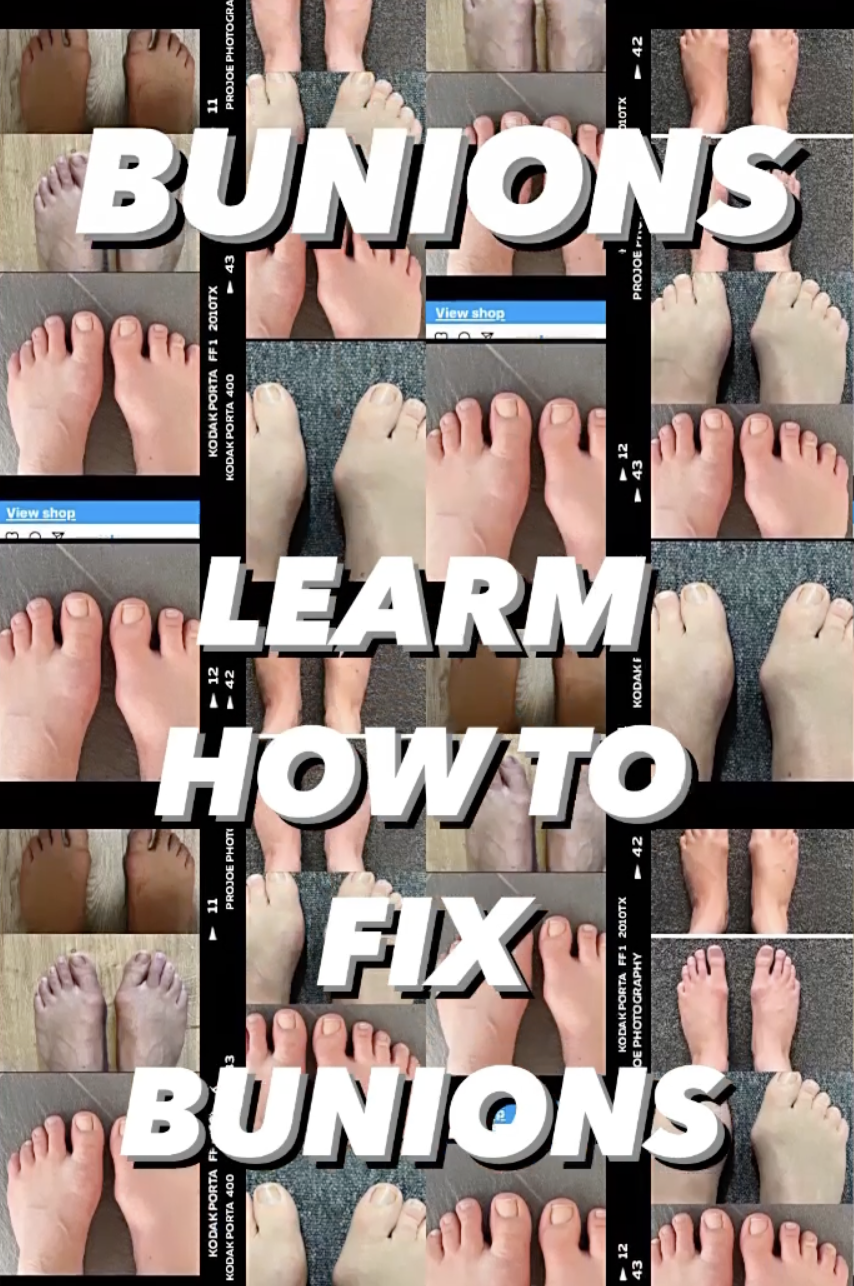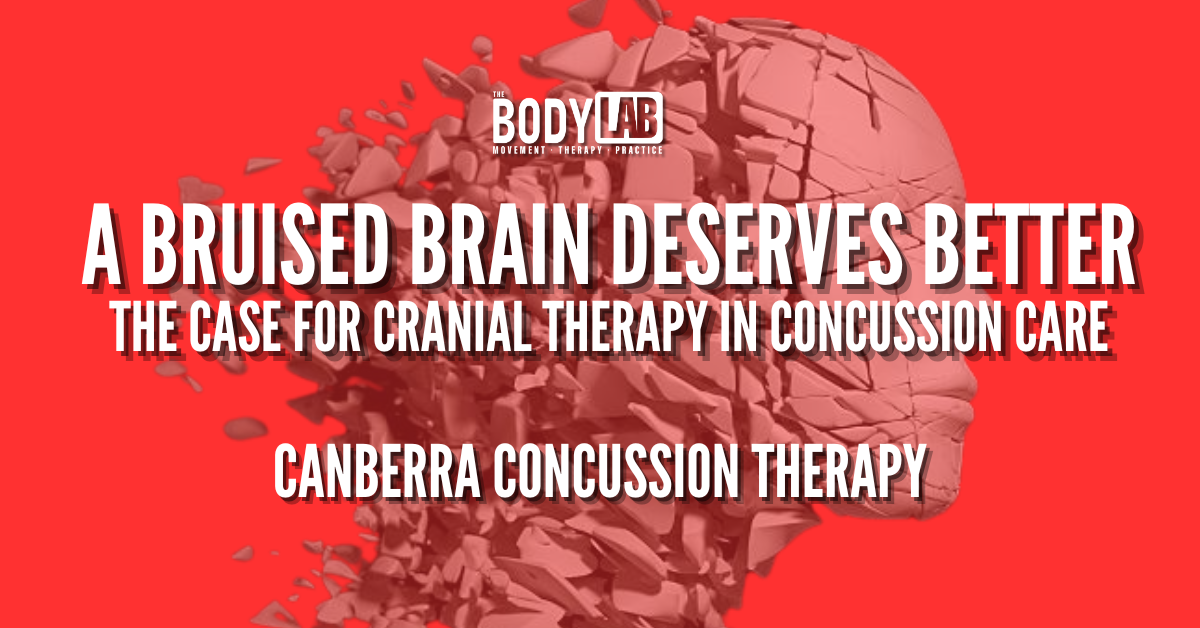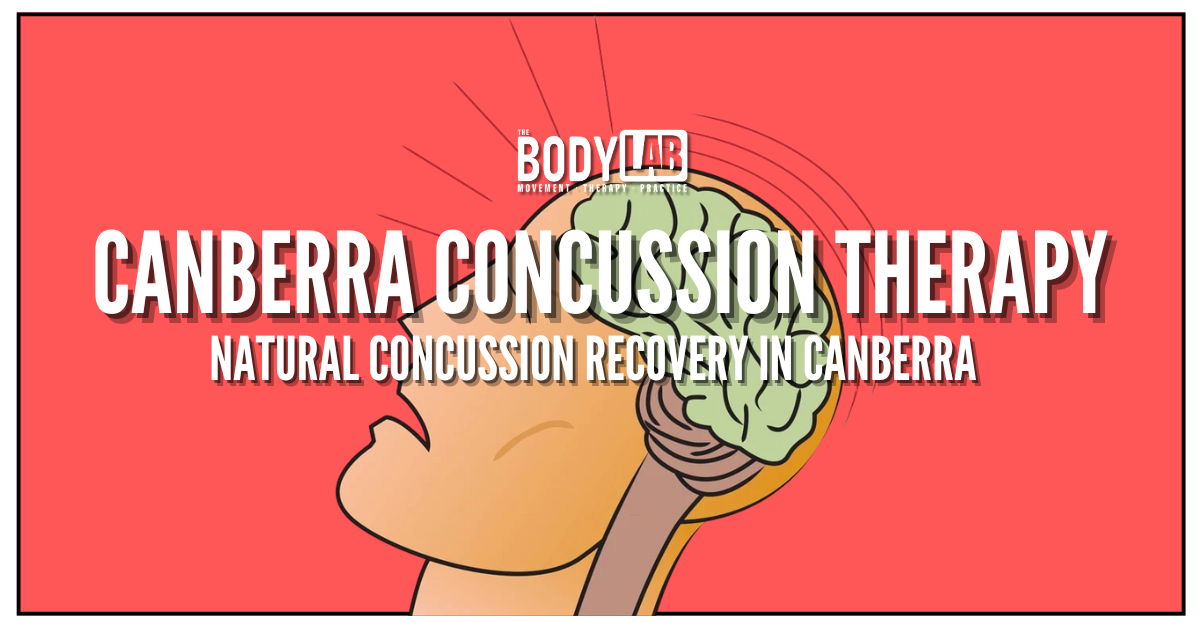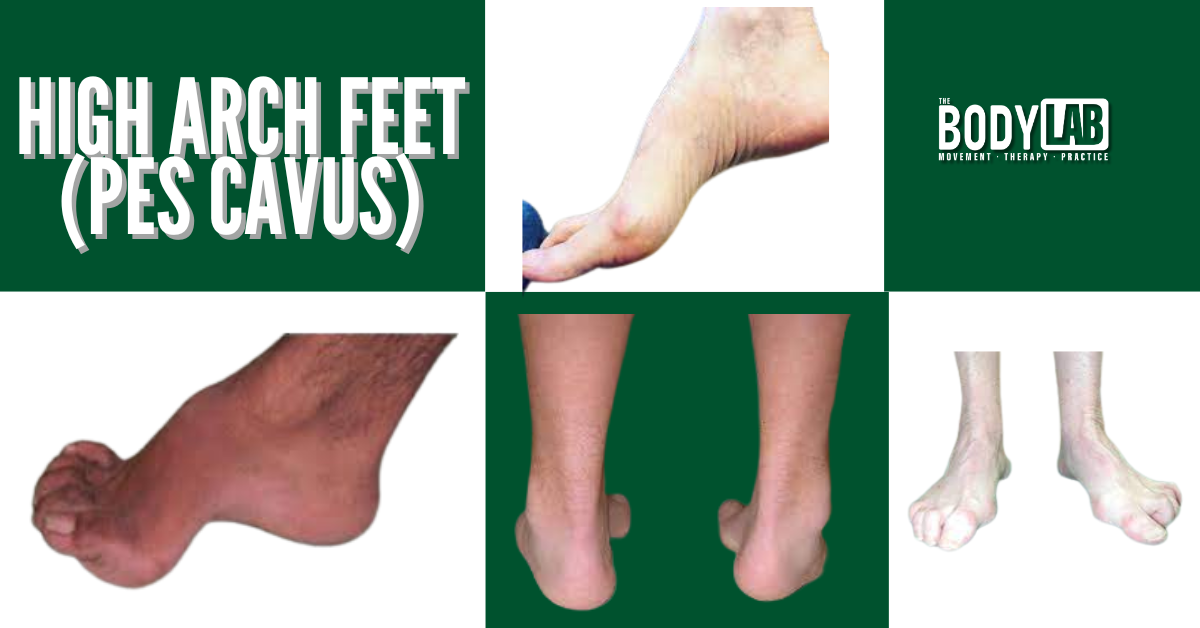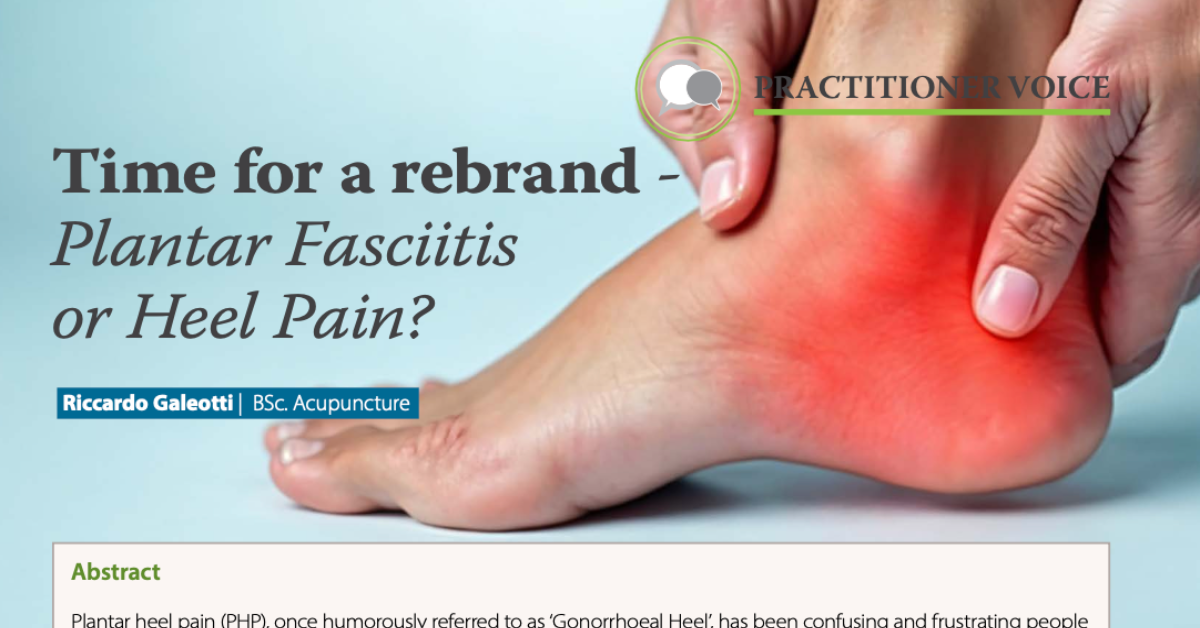Understanding Flat Feet and Finding Relief: A Personal Journey
Flat feet. If you’ve ever struggled with them, you know they’re more than just a minor annoyance. For years, I thought my aching feet, tired legs, and lower back pain were just part of getting older or staying on my feet too long. Then, I discovered the real cause: flat feet - immobile feet .
This revelation didn’t just change my life—it launched a 10-year journey to understand feet, biomechanics, and how to help others like me reclaim their strength and mobility. Along the way, I dove deep into the mechanics of the human body, studied with leading experts, and developed a comprehensive approach to foot health that I now share through The Body Lab’s Flat Feet Program.
What Are Flat Feet?
Flat feet, or pes planus, occur when the arches of the feet are underdeveloped, weakened, or collapse completely, causing the entire sole to make contact with the ground. Arches play a crucial role in absorbing shock, distributing weight, and providing stability. Without them, the biomechanics of walking, running, and standing become less efficient, often leading to discomfort or pain throughout the body.
The Function of the Foot Arch
The arches act like springs, storing and releasing energy with each step. According to the Journal of Foot and Ankle Research, a properly functioning arch reduces ground reaction forces, protecting the joints of the lower limbs from excessive strain (Buldt et al., 2015). Flat feet, however, disrupt this mechanism, causing overpronation, where the ankle rolls inward excessively.
Impact on the Body
Flat feet are not just a localised issue. The misalignment they cause can have far-reaching effects:
1. Knees: Overpronation alters the knee’s alignment, often causing strain on the inner knee (Clinical Biomechanics, 2017).
2. Hips: Misalignment of the knees affects the position of the hips, leading to compensatory muscle tightness or pain.
3. Posture: With flat feet, the entire skeletal structure compensates, potentially causing forward head posture or lumbar lordosis (Gait & Posture, 2016).
Research on Flat Feet
Several studies highlight the importance of treating flat feet:
• Prevalence: Flat feet affect 20–30% of the adult population, with varying degrees of severity (Journal of Foot and Ankle Research, Tong et al., 2014).
• Shock Absorption Deficit: Flat feet fail to dissipate ground forces effectively, leading to increased joint wear and tear (American Journal of Sports Medicine, 2018).
• Importance of Strengthening: A study in the Journal of Orthopaedic & Sports Physical Therapy found that exercises to strengthen intrinsic foot muscles significantly improved arch height and reduced symptoms (McKeon et al., 2014).
The Connection Between Flat Feet and Pain
As I studied and treated others, I began to see a clear pattern: flat feet don’t just cause foot pain—they create a chain reaction throughout the body.
Here’s how flat feet impacted me (and many of my clients):
1. Shock Absorption Problems: Without proper arches, my feet couldn’t absorb impact, sending shockwaves through my knees, hips, and lower back.
2. Misalignment Issues: My ankles rolled inward (overpronation), which threw off the alignment of my knees and hips, leading to chronic discomfort.
3. Fatigue and Tension: My muscles worked overtime to compensate, leaving me sore and exhausted after even short walks.
Why Insoles Weren’t Enough
In my early years, I tried using custom insoles to manage my symptoms. While they provided temporary relief, they didn’t address the root problem.
Through my studies, I learned that insoles act as a crutch, holding the arch up without teaching the foot how to function naturally. The real solution lies in restoring mobility and strength.
Research Insight: The Journal of Rehabilitation Research and Development highlights that while orthotics reduce pain in the short term, they do not strengthen the foot muscles or address biomechanical imbalances (Cheung et al., 2011).
The Turning Point: Movement and Strength
Through my years of learning and personal practice, I realised that the only lasting solution for flat feet is a combination of mobility, strength training, and long-term maintenance. That’s how I developed the Flat Feet Program at The Body Lab.
The 3 Phases of the Flat Feet Program
Phase 1: Pain Relief and Mobility
Flat feet are often “stuck” in one position, unable to move through their full range of motion. This phase focuses on gentle, targeted mobility exercises to “unstick” the feet and help them move freely again.
📅 Duration: A few weeks to restore motion and reduce pain.
Examples:
• Arch drop and rise exercises.
• Controlled ankle rotations to improve load distribution.
• Dynamic stretches to unlock the toes and arches.
Research Insight: Studies in the Journal of Orthopaedic & Sports Physical Therapy show that mobility exercises can restore ankle and foot range of motion, essential for individuals with flat feet (McKeon et al., 2014).
Phase 2: Strengthening and Alignment
Once mobility improves, the focus shifts to building strength to support the arches and maintain proper alignment.
📅 Duration: Around 6 weeks, as supported by research.
Examples:
• Short foot exercises to activate the arches.
• Calf raises to build lower leg strength.
• Functional movements like squats and lunges to integrate foot mechanics into everyday activities.
Research Insight: Strength training for 6-8 weeks significantly improves muscle function and joint stability, according to the Journal of Strength and Conditioning Research (Rhea et al., 2003).
Phase 3: Long-Term Maintenance
The final phase introduces plyometric exercises to train the foot to handle dynamic, high-impact activities like skipping, hopping, and running.
📅 Duration: Ongoing, as part of a regular fitness routine.
Examples:
• Hopping drills to improve elasticity.
• Jumping progressions for better impact absorption.
• Running mechanics to refine gait and prevent injuries.
Research Insight: Plyometric training enhances the foot’s ability to absorb and release energy, improving performance and resilience (International Journal of Sports Medicine, 2016).
Lessons Learned Over 10 Years
After a decade of studying feet and biomechanics, here’s what I’ve discovered:
1. The feet are the foundation of the body. When they’re not functioning properly, the entire system is affected.
2. Flat feet aren’t a life sentence. With the right combination of mobility, strength, and guidance, they can be transformed.
3. Recovery is faster than you think. With focused effort, most people can see significant improvements within weeks.
Additional Resources
If you’re interested in learning more, here are some additional resources I recommend:
• Flat Feet and Overpronation: Causes and Solutions - Journal of Foot and Ankle Research.
• Strengthening the Arches: Exercises That Work - Journal of Orthopaedic & Sports Physical Therapy.
• Why Plyometrics Matter for Foot Health - Journal of Strength and Conditioning Research.
Why Choose The Body Lab?
The Flat Feet Program at The Body Lab is a culmination of my personal journey and professional expertise. By combining advanced biomechanics, movement therapy, and strength training, I’ve created a program that delivers real, lasting results.
Ready to transform your feet?
👉 Book your consultation today and take the first step toward pain-free, confident movement.
Let my story—and 10 years of experience—be proof that stronger feet mean a stronger, healthier you.
Why the Flat Feet Program?
Flat feet aren’t just a localized issue—they’re a foundation problem that can ripple through your entire body, causing pain, misalignment, and fatigue. The Flat Feet Program at The Body Lab is designed to address the root cause of flat feet, improve foot mechanics, and restore your body’s natural balance and efficiency.
This program isn’t about temporary fixes like insoles or one-size-fits-all solutions. It’s a personalised, science-backed system tailored to your unique needs, combining mobility, strength, and dynamic movement for long-term results.
What Is the Flat Feet Program?
The Flat Feet Program is a step-by-step, three-phase approach to transforming how your feet function. It’s built on over a decade of expertise in biomechanics, movement therapy, and clinical practice. This isn’t just a collection of exercises—it’s a comprehensive plan that:
1. Identifies and addresses the underlying issues causing flat feet.
2. Restores proper mobility, alignment, and strength in the feet and lower body.
3. Provides long-term strategies for maintenance and performance.
What Is the Flat Feet Program?
The Flat Feet Program is a step-by-step, three-phase approach to transforming how your feet function. It’s built on over a decade of expertise in biomechanics, movement therapy, and clinical practice. This isn’t just a collection of exercises—it’s a comprehensive plan that:
1. Identifies and addresses the underlying issues causing flat feet.
2. Restores proper mobility, alignment, and strength in the feet and lower body.
3. Provides long-term strategies for maintenance and performance.
What Are the Benefits?
The benefits of the Flat Feet Program go far beyond just fixing your feet. Here’s what you can expect:
1. Pain Relief:
• Reduced discomfort in the feet, ankles, knees, hips, and lower back.
• Improved shock absorption, taking pressure off other parts of your body.
2. Improved Mobility and Flexibility:
• Feet regain their full range of motion, moving fluidly through every step.
• Enhanced gait efficiency, making walking and standing easier and more comfortable.
3. Strength and Stability:
• Stronger intrinsic and extrinsic foot muscles to support the arches and improve alignment.
• Better balance and reduced risk of injuries like sprains or strains.
4. Long-Term Health:
• Prevention of future issues related to flat feet, such as plantar fasciitis or knee pain.
• Tools and strategies to maintain progress for years to come.
5. Enhanced Performance:
• Greater confidence in activities like running, hiking, or even everyday tasks like climbing stairs.
• Increased energy efficiency, allowing you to move with ease and freedom.
Why Choose The Body Lab’s Program?
Unlike generic approaches, the Flat Feet Program at The Body Lab is:
• Comprehensive: It addresses mobility, strength, alignment, and dynamic movement in a single, integrated system.
• Personalised: Your plan is tailored to your unique needs and goals, with ongoing support to track progress.
• Science-Backed: Built on proven principles of biomechanics, movement therapy, and strength training.
Take the first step toward healthier, stronger feet today!
With the Flat Feet Program, you’ll gain the tools to not only fix your flat feet but also unlock your body’s potential for pain-free, confident movement.
Research Articles Supporting Flat Feet and Biomechanics 1. Tong, J. W., & Kong, P. W. (2014). “Prevalence of flat foot among 18- to 21-year-old Chinese males.” Journal of the American Podiatric Medical Association, 104(4), 278-284. • Highlights the prevalence of flat feet and its potential impact on lower limb alignment and functionality. 2. Buldt, A. K., et al. (2015). “Foot posture is associated with kinematics of the lower limb during gait.” Journal of Foot and Ankle Research, 8(1), 63. • Discusses how flat feet alter biomechanics during walking and increase stress on other joints. 3. Cheung, R. T., et al. (2011). “Effect of foot orthotics on the medio-lateral stability of the foot during walking.” Gait & Posture, 33(1), 113-119. • Evaluates the short-term benefits of orthotics and highlights the need for addressing muscle strength and mobility. 4. McKeon, P. O., et al. (2014). “The foot core system: a new paradigm for understanding intrinsic foot muscle function.” British Journal of Sports Medicine, 49(5), 290-296. • Explores how strengthening intrinsic foot muscles improves arch height and reduces symptoms. 5. Rhea, M. R., et al. (2003). “A meta-analysis to determine the dose response for strength development.” Journal of Strength and Conditioning Research, 17(3), 698-705. • Provides evidence that muscle strengthening requires consistent training over 6–8 weeks for significant improvements. 6. Kulig, K., et al. (2017). “Tendon adaptation to loading: Development of a diagnostic tool to evaluate optimal loading parameters for tendons and ligaments.” Clinical Biomechanics, 50, 44-49. • Examines how proper loading and strengthening improve the function of tendons and ligaments in the foot. 7. Kelly, L. A., et al. (2015). “Intrinsic foot muscles contribute to the active stiffness of the medial longitudinal arch.” Journal of Foot and Ankle Research, 8(1), 21. • Demonstrates how intrinsic foot muscle strength supports the medial longitudinal arch and reduces overpronation.